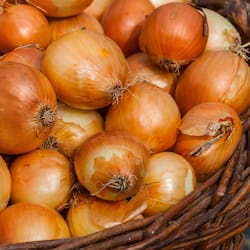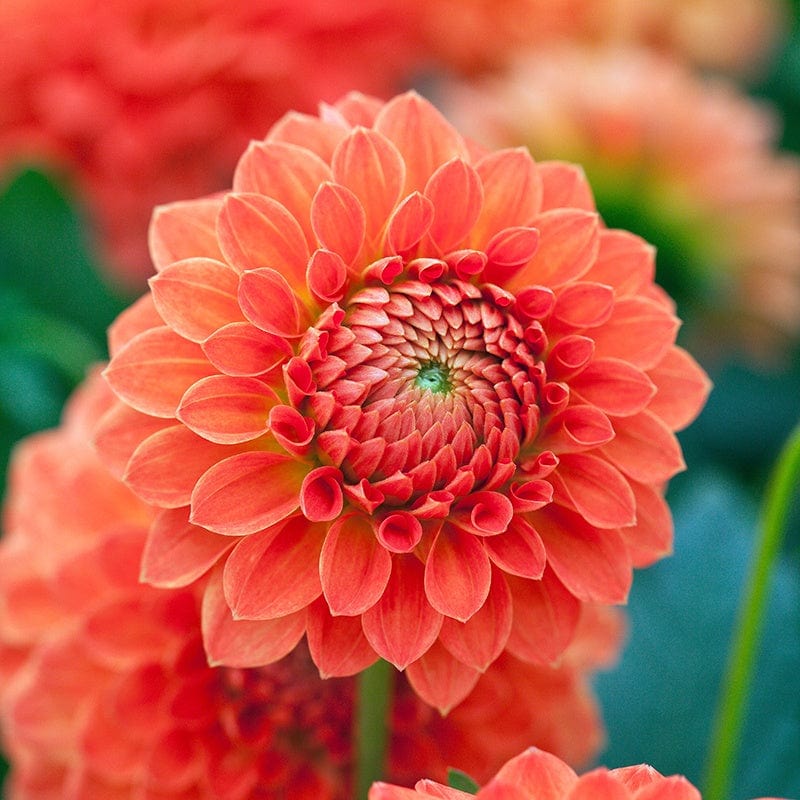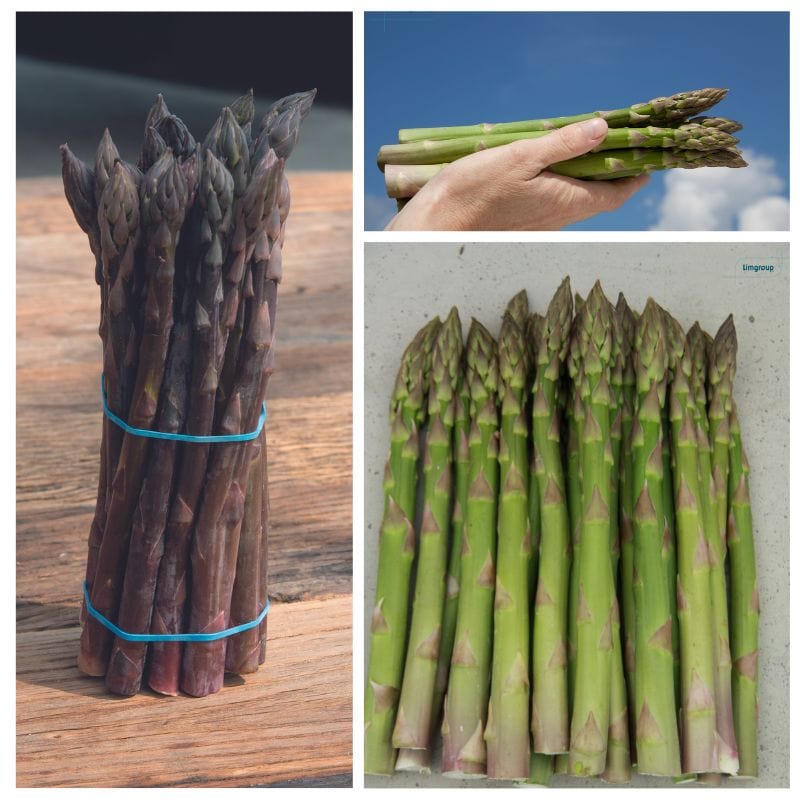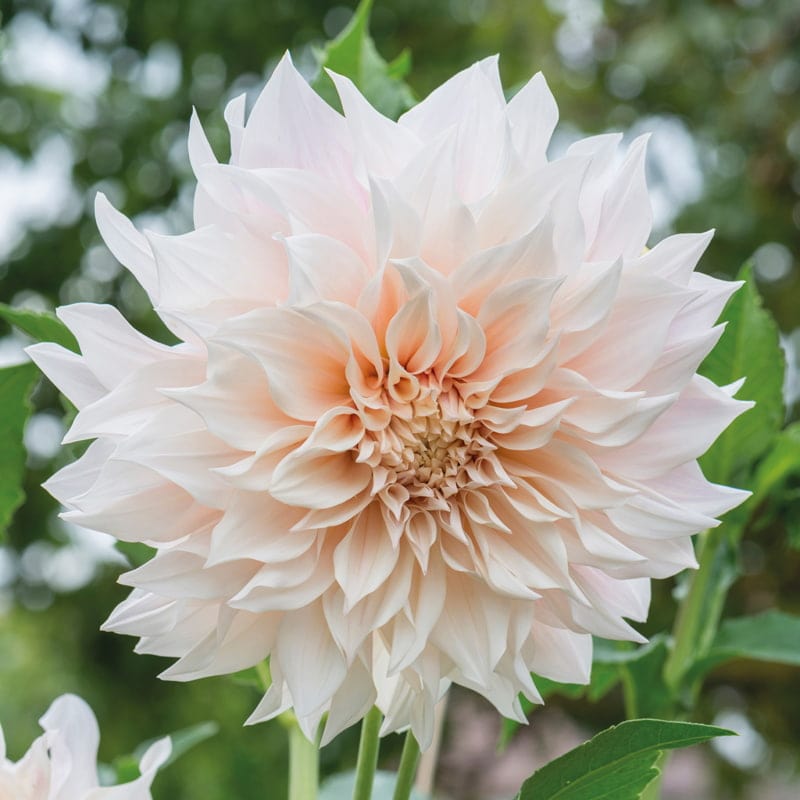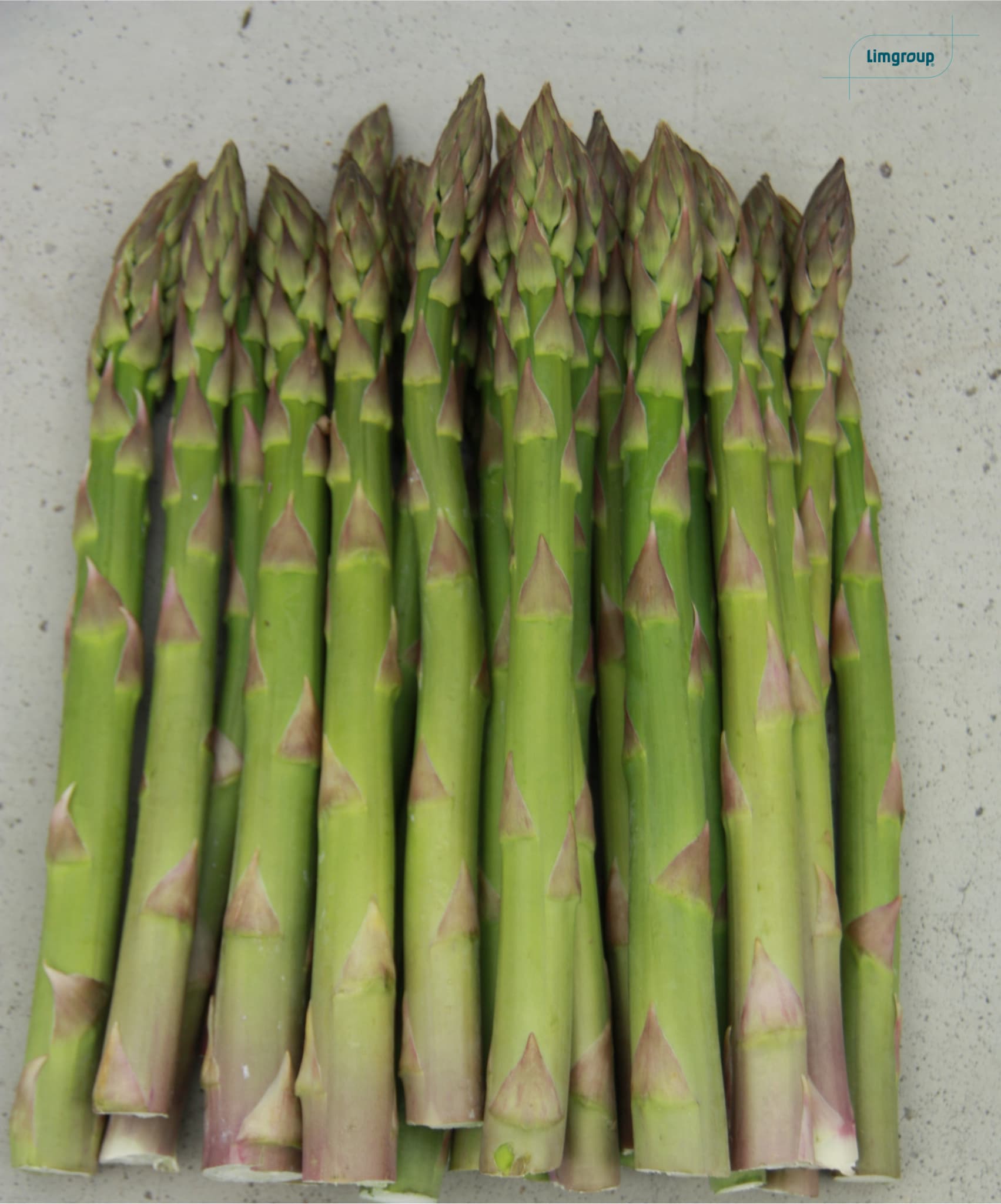What is the ‘Chelsea Chop’?
Simply put, the ‘Chelsea Chop’ is the pruning of herbaceous perennials to improve and control their shape and flowering. A good time to do this is late spring, often around the time of the Chelsea Flower Show, hence the name. At this point, perennial flower seeds have grown strongly after their winter dormant period and will grow back vigorously.
Why do the 'Chelsea Chop'?
By cutting back herbaceous perennials with a ‘Chelsea Chop’ you can improve their shape and extend their flowering period. Each newly cut stem will develop side shoots, significantly increasing the plant’s total number of flowering stems. It will also create more compact, bushy and fuller plants with improved weather tolerance and less prone to flopping over under the weight of heavy flower heads.
Because the growth has been set back a bit, plants will flower slightly later, which makes it possible to extend their overall flowering period. ‘Chopping’ some plants and leaving others will extend the overall flowering period of the group as a whole. The ‘Chelsea Chop’ can also be done with large single plants. Cutting some stems and leaving others will make it bushier and extend the flowering period of the plant as a whole.
The best tools for the 'Chelsea Chop'
Any pruning hand tools can be used, although some are better suited than others and a high-quality Darlac tool will last a lifetime and always do the best job possible.
10 top DARLAC Tools for the ‘Chelsea Chop’.
Lightweight shears

Compact snips or secateurs

Perennial, compact, or topiary shears
Small, handheld shears are perfect for both cutting efficiently and with care.

Blades should always be wiped clean with a soapy rag when moving from one plant to the next. Should any plant have a disease, this will help to prevent the spread of it to others.
How to do the 'Chelsea Chop'
The ‘Chelsea Chop’ can also be done with large single plants by selectively pruning just some of their stems. Those cut stems will then produce side shoots and flower later, extending the flowering period of the plant as a whole.
Method 1. (Ideal for groups of plants)

Simply prune the top third off the plants at the front of the group. Long-bladed tools such as the Darlac Lightweight or Classic Shears are perfect for this as they can quickly and easily cut a large number of stems in one go, to create a neat, even ‘chop’.
Method 2. (Ideal for a single plant)

Method 3. (Ideal for a large single plant or clump)

Expert tips for a great ‘Chelsea Chop’
What plants can you ‘Chelsea Chop’?
Many herbaceous perennials can benefit from the ‘Chelsea Chop’ by having their flowering increased and the period extended by pruning during the growing season.
Common herbaceous garden perennials:

Agastache Campanula Chrysanthemum


Some taller perennials less likely to flop over after the ‘Chelsea Chop’ include:



Don’t forget, beneficial insects will gain from the ‘Chelsea Chop’ too!



















